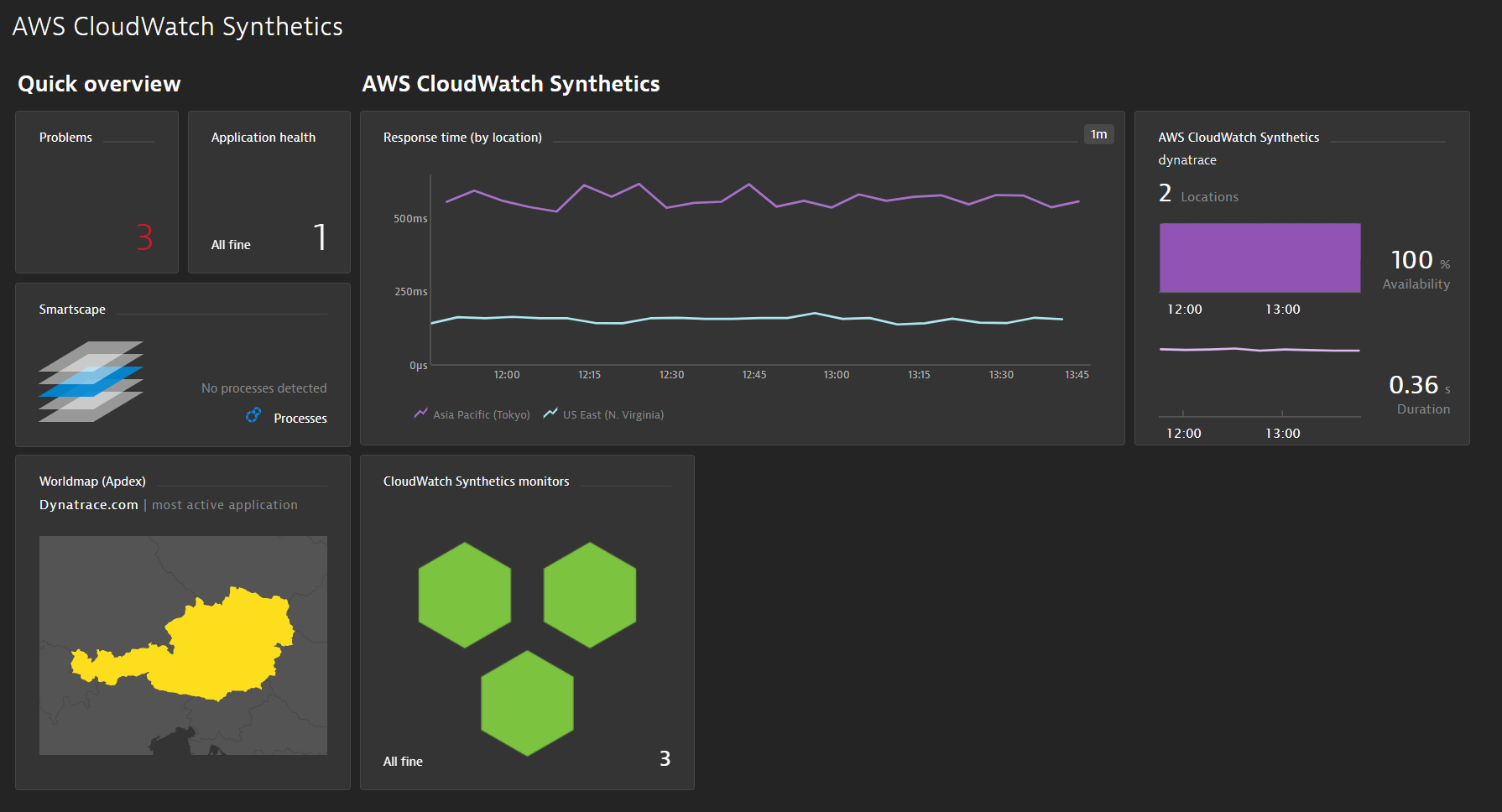Are you looking for How to Get Synthetics Monitoring to Work in New Relic? One of the best ways to do so is by using Synthetics. Synthetics is a monitoring tool that allows you to monitor your application from different locations and different browsers. In this article, we will guide you through the steps to get Synthetics monitoring to work in New Relic.
Understanding Synthetics Monitoring
Before we dive into the steps, it’s important to understand what Synthetics is all about. Synthetics is a powerful monitoring tool that allows you to monitor your application’s performance and availability from different locations and browsers. With Synthetics, you can simulate user interactions with your application and monitor how your application performs from different locations.
Enabling Synthetics in New Relic
To get started with Synthetics monitoring in New Relic, you need to enable it first. Here’s how to do it:
Step 1: Log in to New Relic
Login to your New Relic account using your credentials.
Step 2: Go to Synthetics
Once you’re logged in, navigate to Synthetics from the main menu.
Step 3: Enable Synthetics
Click on the “Enable Synthetics” button to enable Synthetics monitoring.
Creating a Synthetics Monitor
Now that you have enabled Synthetics monitoring in New Relic, it’s time to create a Synthetics monitor. Here’s how to do it:
Step 1: Go to Synthetics Monitors
From the Synthetics dashboard, click on “Synthetics Monitors” from the main menu.
Step 2: Create a New Monitor
Click on the “Create a new monitor” button to create a new Synthetics monitor.
Step 3: Configure the Monitor
Configure the monitor by selecting the type of monitor you want to create. You can choose from HTTP, Browser, and API monitors.
Step 4: Add Locations
Once you have configured the monitor, add locations from where you want to monitor your application.
Step 5: Add Conditions
Set the conditions that you want to monitor your application for. You can monitor for response time, status codes, and more.
Step 6: Save the Monitor
Save the monitor to start monitoring your application using Synthetics.
Analyzing Synthetics Results
Now that you have created a Synthetics monitor, it’s time to analyze the results. Here’s how to do it:
Step 1: Go to Synthetics Results
From the Synthetics dashboard, click on “Synthetics Results” from the main menu.
Step 2: View Results
View the results of your Synthetics monitor to see how your application is performing. You can view the results by location, monitor, and time.
Tips for Effective Synthetics Monitoring
Here are some tips to help you effectively monitor your applications using Synthetics:
1. Monitor from different locations
Monitor your application from different locations to get a better understanding of how it’s performing globally.
2. Monitor from different browsers
Monitor your application from different browsers to identify any browser-specific issues.
3. Set up alerts
Set up alerts to get notified when your application is down or not performing well.
4. Monitor critical transactions
Monitor critical transactions in your application to identify any issues that may be impacting your users.
5. Continuously improve
Continuously improve your Synthetics monitoring by analyzing the results and making necessary changes.



